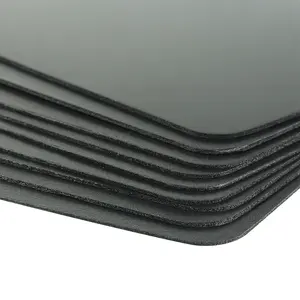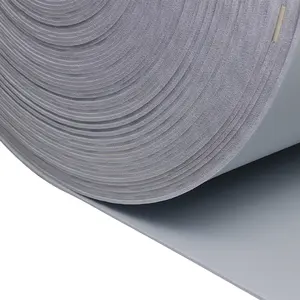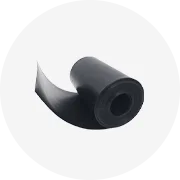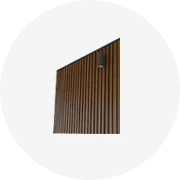Introduction to High Density Construction Foam
High density construction foam is a versatile, lightweight material widely used in various construction and manufacturing applications. Known for its remarkable strength-to-weight ratio, this foam provides superior support and exceptional durability compared to traditional materials. It is essential for enhancing structural integrity while maintaining ease of handling, making it ideal for both large-scale projects and intricate designs.
Types of High Density Construction Foam
- Closed-Cell Foam: This type of foam is characterized by its structure, where the cells are closed and do not allow air or moisture to penetrate. It's widely utilized for insulation and buoyancy applications.
- Open-Cell Foam: Open-cell foam features interconnected cells that allow air and moisture to flow through. Ideal for soundproofing and cushioning, it's often used in interior applications and packaging.
- Polyurethane Foam: Known for its versatility, polyurethane high density foam is commonly used in furniture, mattresses, and automotive applications due to its comfort and support.
- Polystyrene Foam: This type is often used for insulation and protective packaging because of its lightweight and cost-effective properties.
Applications of High Density Construction Foam
- Insulation: High density construction foam is a popular choice for insulation in buildings, providing excellent thermal resistance and energy efficiency.
- Soundproofing: The acoustic properties of high density foam make it an effective solution for sound dampening in studios, offices, and home theaters.
- Packaging: This foam acts as a protective layer to secure fragile items during transportation and storage, reducing the risk of damage.
- Upholstery: Utilized in furniture making, high density construction foam provides comfort and resilience for sofas, chairs, and beds.
Features and Advantages of High Density Construction Foam
- Durability: The high density nature provides remarkable strength, ensuring that products maintain their form and function over time.
- Lightweight: Despite its strength, this foam is lightweight, making it easy to handle, transport, and install.
- Moisture Resistance: High density closed-cell foams resist moisture, preventing the growth of mold and mildew, thus increasing longevity in various environments.
- Ease of Fabrication: This material can be easily cut, shaped, and molded to meet specific design needs, providing versatility in applications.
- Environmental Efficiency: Many high density foams are made from recycled materials or are recyclable themselves, promoting eco-friendly practices in construction.














































































































































































































































































 浙公网安备 33010002000092号
浙公网安备 33010002000092号 浙B2-20120091-4
浙B2-20120091-4